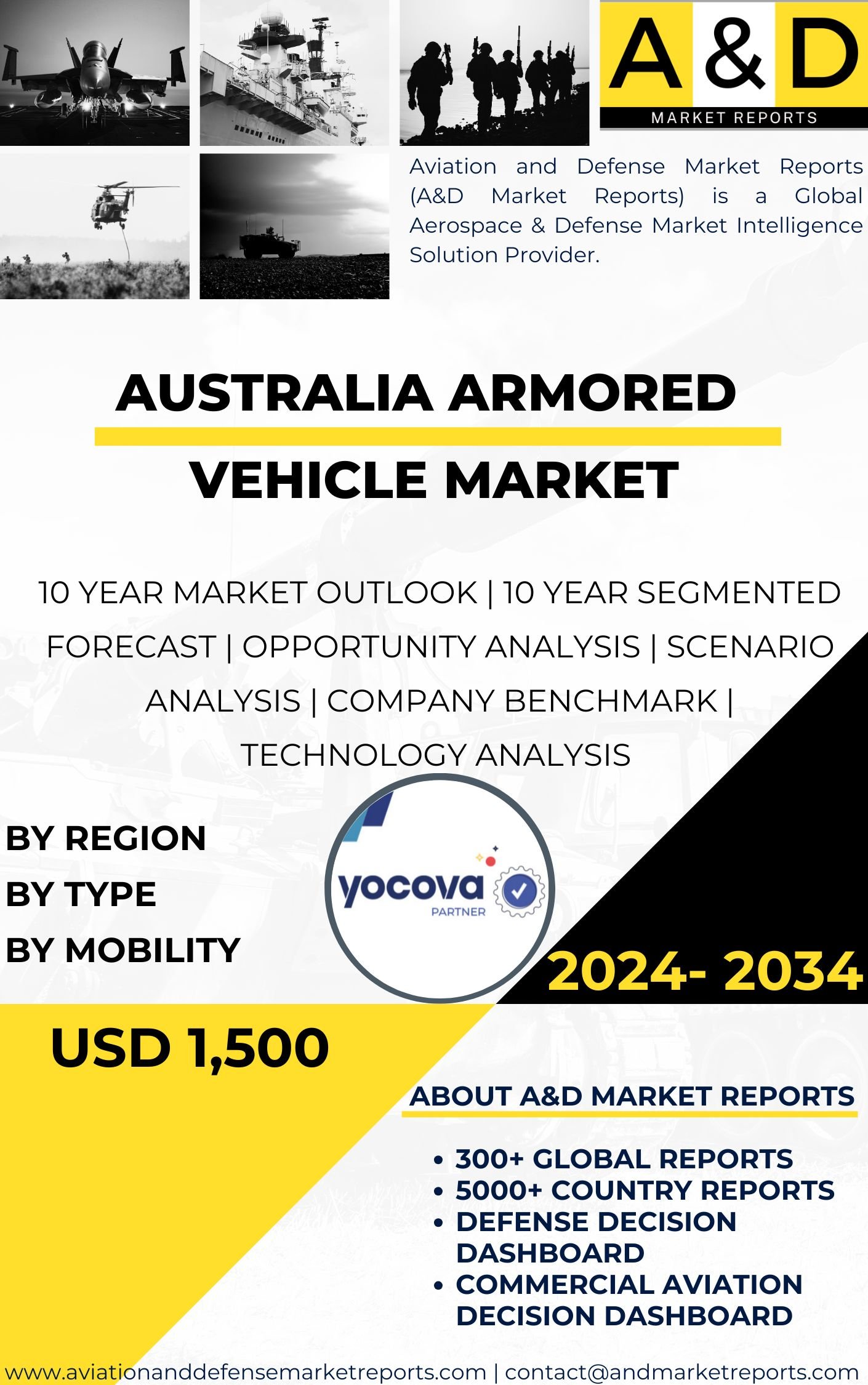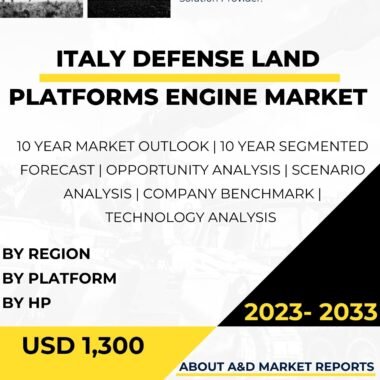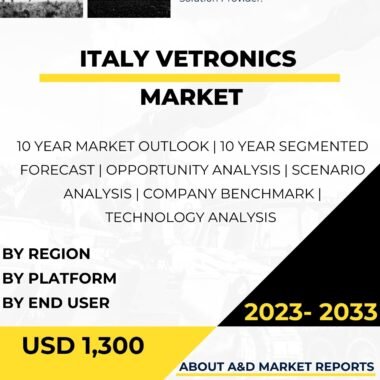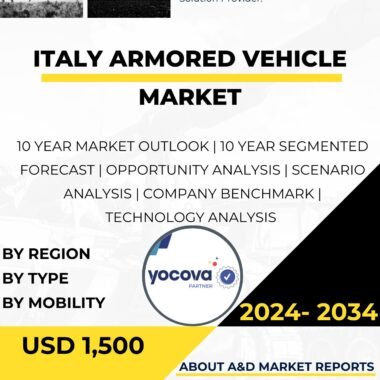Description
Australia Armored Vehicle Market
The Australia Armored Vehicle Market is a vital and dynamic sector that plays a crucial role in enhancing the country’s defense capabilities and safeguarding its military personnel during various operational scenarios. Armored vehicles are versatile military platforms equipped with advanced armor and weaponry, designed to provide protection and mobility to troops in the battlefield. As a nation committed to maintaining a strong defense posture and contributing to regional security, Australia recognizes the strategic importance of investing in modern and technologically advanced armored vehicles to support its defense operations, peacekeeping missions, disaster response efforts, and humanitarian missions. This article provides a comprehensive analysis of the Australia Armored Vehicle Market, covering its current state, key drivers, challenges, applications, technological advancements, and growth prospects.
The Australia Armored Vehicle Market has witnessed significant growth and interest due to the country’s focus on enhancing its defense capabilities and ensuring the safety of its military personnel during various missions. With a vast and geographically diverse territory, Australia faces diverse threats and challenges, underscoring the importance of armored vehicles in bolstering the ADF’s ground forces. Armored vehicles serve as essential assets in the ADF’s combat readiness and contribute to Australia’s ability to respond rapidly to security threats in the Indo-Pacific region. One of the key drivers behind the market’s prominence is the ADF’s commitment to modernizing its ground forces and enhancing their mobility and firepower. Armored vehicles offer the capability to deploy troops rapidly in response to security threats, providing the ADF with a credible deterrent against potential aggressors and contributing to regional stability.
Moreover, the Australia Armored Vehicle Market is driven by the country’s commitment to indigenous defense production and technological innovation. Collaborations between the government and domestic defense industries have led to the development of tailored armored vehicles to meet Australia’s specific defense requirements. This approach not only strengthens the country’s defense capabilities but also supports the growth of the local defense industry, creates jobs, and fosters technology export. The market’s growth is also influenced by Australia’s interest in participating in multinational peacekeeping missions and supporting humanitarian efforts. Armored vehicles play a critical role in peacekeeping operations, providing security and mobility to peacekeeping forces, and enabling them to fulfill their missions effectively in conflict zones and areas affected by humanitarian crises.
The Australia Armored Vehicle Market encompasses a wide range of armored vehicles, each designed to suit specific applications and operational requirements. Main Battle Tanks (MBTs) form a vital component of Australia’s armored fleet, providing firepower and protection during combat operations. MBTs are heavily armored, highly mobile, and equipped with advanced weaponry, making them formidable assets on the battlefield.
Additionally, the market includes Infantry Fighting Vehicles (IFVs), which combine the capabilities of armored personnel carriers and light tanks. IFVs transport infantry troops and provide fire support with their mounted weapons, enhancing the maneuverability and firepower of infantry units.
Furthermore, Armored Personnel Carriers (APCs) are essential for troop transport and providing protection to soldiers during various operations. APCs offer mobility and armored protection, enabling the rapid deployment of troops in different terrains and scenarios.
Moreover, the market includes specialized armored vehicles, such as Reconnaissance Vehicles and Engineer Vehicles, tailored to support specific military operations and contingencies. Reconnaissance vehicles offer enhanced mobility and surveillance capabilities, enabling the ADF to gather critical intelligence on the battlefield. Engineer vehicles, on the other hand, provide support in construction, recovery, and other engineering tasks during military operations. Despite the market’s growth and potential, the Australia Armored Vehicle Market also faces certain challenges. One significant challenge is the need to balance investments in armored vehicles with other defense priorities and budgetary constraints. As defense modernization involves a range of capabilities and platforms, strategic planning and prioritization are essential to ensuring an optimal allocation of resources.
Moreover, addressing the issue of technology obsolescence and the need for continuous upgrades and modernization is crucial to maintaining the effectiveness of armored vehicles. As the threat landscape evolves, ongoing research and development are necessary to stay ahead of emerging threats and ensure that armored vehicles remain operationally relevant. Additionally, ensuring the interoperability of armored vehicles with other defense assets and platforms is vital for conducting joint operations effectively. Interoperability enhances the overall effectiveness of the ADF and strengthens Australia’s ability to participate in multinational defense and peacekeeping missions.
Looking ahead, the Australia Armored Vehicle Market is expected to witness continued growth and advancements. As the country focuses on enhancing its defense capabilities, contributing to regional security, and responding to humanitarian crises, the demand for modern and versatile armored vehicles will remain strong. Continued investment in research and development, collaboration between the government and industry stakeholders, and a focus on addressing technical challenges will drive advancements in armored vehicle technology and applications.
In conclusion, the Australia Armored Vehicle Market is a strategically important sector that supports the country’s defense capabilities and security in the Indo-Pacific region. Armored vehicles are essential assets in the ADF’s ground forces, ensuring the safety of military personnel and enhancing the mobility and firepower of defense operations. The market’s growth is driven by Australia’s commitment to defense modernization, fostering innovation within its defense industry, and contributing to regional security and stability. Addressing challenges related to resource allocation, technology development, and interoperability will be key to unlocking the full potential of the Australia Armored Vehicle Market and supporting the country’s defense and security objectives.




